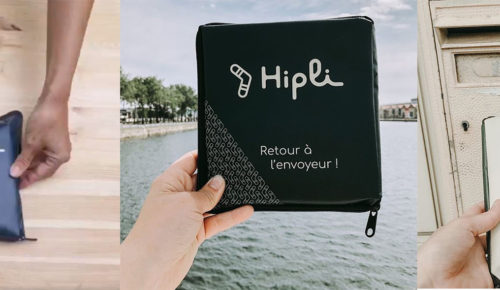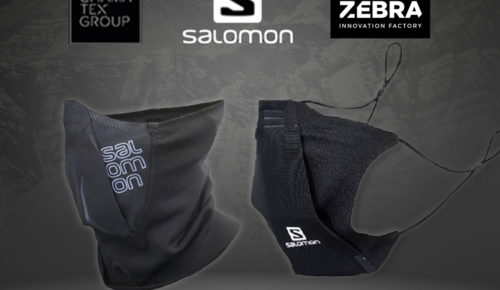How to find innovative project ideas?

Developing an idea is the daily life of many executives seeking to set their company apart and differentiate it in a market that is often saturated: finding an idea, giving it shape and adjusting it to the company’s strategy… the stages follow one another but are not always well ordered. How does an idea for […]
Developing an idea is the daily life of many executives seeking to set their company apart and differentiate it in a market that is often saturated: finding an idea, giving it shape and adjusting it to the company’s strategy… the stages follow one another but are not always well ordered.
How does an idea for an innovative project come to mind and how can it be developed so that it represents a major development? Is it necessarily by adopting a coherent way of thinking that one manages to map out one’s idea and implement it?
First obligation: identify the areas of innovation
According to the Groupe Zebra’s long experience, the idea can be a projection, an image of what the company’s future could be. It is by using innovative tools that the thinking mechanism will be put in place and encourage research.
To improve the performance of its innovation methods, the Groupe Zebra has chosen oblique vision, a means of better adhering to the new and constantly reinventing its offer.
What is oblique vision?
Oblique vision is a creative process derived from design thinking. This tool helps to guide the teams responsible for bringing about the new, so that the conventions and rules already established do not disrupt the thought process and allow access to another level. The approach is therefore fundamentally different and so is the result.
The oblique vision process is a unique way of progressing and standing out, based on a synergy of expertise and skills. The project team combines operational intelligence and decision-making intelligence to give birth to the idea that will revolutionise the market.
What tools should be used to promote innovative projects?
Observation methods are used firstly, to avoid repeating what has already been done and secondly, to understand what may now interest the target consumer profile. The aim is to avoid repeating the same mistakes and to understand what really works.
These observation methods start from a need to innovate and are implemented in several steps. These are :
- Observatories of uses: how is the technology used? Is there a digital culture?
- Trend studies: how to identify what people like and what they don’t like?
- Marketing intelligence: what do consumers really want and how do they behave towards the products targeted?
- Benchmarks: What are the means to analyse the practices and uses of competing brands?
- Anthropological business: what are the common values and beliefs of the consumers who will buy our product and how can we take advantage of them?
The innovation methods complement each other and ultimately lead to a different thought process. Each innovative project idea takes into account the research work done beforehand.
Why confront design thinking and friction points?
After observing the market and consumer attitudes, the project team will structure its thought process. The idea of an innovative project necessarily goes through a deep phase of reflection and projection.
The innovation method used here is design thinking. This approach, at first analytical, is coupled with an intuitive approach in order to transform the basic idea into a feasible project and then into a concrete prototype.
Various means are used and explained in detail to the project team by the training coach, in the case of a first attempt in the field. The objective is to respond precisely to a need identified during the observation phase. In order to carry out this analysis, the project team takes up one by one the points of friction, i.e. the dissatisfactions of users in relation to similar products or services, and uses them to develop its idea.
These innovation methods are above all aimed at creation and inventiveness, but are mainly driven by the desire to solve the various problems uncovered by the observation tools. Design thinking therefore remains a creative process, using the experience of the past but resolutely turned towards the future. Its application guarantees a better overall vision of the project and enables the idea of an innovative project to be reviewed in a coherent and relevant manner.
The Zebra Methods: energising creativity and harnessing talent
The Groupe Zebra’s innovation methods are known around the world. Many forward-thinking companies have already put their trust in Zebra team members: engineers, modelers, marketing experts, consultants, creative planners, product designers, design thinking experts, etc.
Among the companies that have benefited from Zebra’s experience are
- Hipli and its innovative package ;
- Babolat and its travel bag for tennis players;
- Majorel ;
- CIC and Banque Populaire;
- Michelin and Delta Plus;
- Bioderma and Urgo, etc.
Differentiation through innovation is possible thanks to key factors identified in advance. To help decision-makers understand where this creative process comes from and to anticipate the needs of potential future buyers of the product or service, webinars are made available online.
Close to their customers and always ready to intervene for a training session or an information meeting, Zebra consultants give access to unique tools and lead each project always keeping in mind the values that animate the group. As the slogan perfectly indicates, the aim is not just to innovate but to innovate precisely, by not taking the wrong direction and not hesitating to completely review its processes and means of action.








